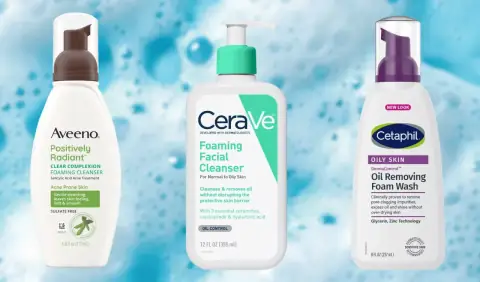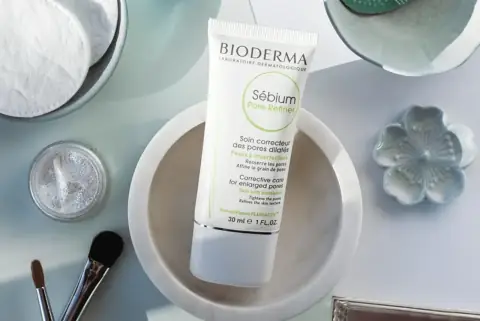Glycolic Acid vs. Salicylic Acid: Which One Should You Use?
Learn which one to choose for your skin type and how to use both acids for glowing acne-free skin.
Sep 12, 2024

When it comes to skincare, two powerhouse ingredients often come up in conversations: glycolic acid and salicylic acid. Both are highly effective exfoliants, but they work differently to address various skin concerns.
So, which one should you choose for your skin? Let’s dive into the differences, benefits, and best uses for each, helping you decide the right fit for your skincare routine.
What Is Glycolic Acid?
Glycolic acid is part of the alpha hydroxy acid (AHA) family and is derived from sugarcane. Known for its small molecular size, it penetrates the skin's surface easily, making it ideal for exfoliating dead skin cells, brightening the complexion, and reducing the appearance of fine lines and wrinkles. Because it works primarily on the surface, glycolic acid is great for tackling hyperpigmentation, uneven skin tone, and dullness.

Benefits of Glycolic Acid
- Exfoliates dead skin: Removes dead skin cells to reveal smoother, brighter, and healthy skin.
- Reduces fine lines: Increases cell turnover, which helps reduce the appearance of aging signs like fine lines and wrinkles.
- Improves skin texture: It helps with uneven texture, giving the skin a polished, glowing look.
- Fades dark spots: Effective in treating hyperpigmentation, dark spots, and sun damage.
What Is Salicylic Acid?
Salicylic acid belongs to the beta hydroxy acid (BHA) family and is oil-soluble, making it ideal for penetrating the pores and removing excess oil and debris. Known for its ability to exfoliate inside the pores, salicylic acid is a go-to ingredient for people dealing with acne and clogged pores. It reduces oil production, clears out blackheads and whiteheads, and even prevents future breakouts.

Benefits of Salicylic Acid
- Clears out pores: Removes dead skin cells and oils that clog pores, making it a fantastic treatment for acne.
- Reduces oil production: Ideal for oily skin, as it controls excess sebum.
- Prevents blackheads and whiteheads: By keeping pores clean, salicylic acid prevents the formation of blackheads and whiteheads.
- Calms inflammation: It has anti-inflammatory properties, which help reduce redness and irritation.
Who Should Use Glycolic Acid?
If your primary concern is dullness, aging, or uneven skin tone, glycolic acid may be your best bet. It’s suitable for people with normal to combination skin and those looking to improve skin texture and overall brightness. However, those with sensitive skin should use it cautiously, as it can cause irritation.
Who Should Use Salicylic Acid?
Salicylic acid is the better option if you struggle with acne, oily skin, or clogged pores. It treats breakouts and balances oil production, making it ideal for acne-prone or oily skin types. People with dry or sensitive skin may want to avoid using salicylic acid too frequently, as it can cause dryness or irritation.
Can You Use Both?
Yes, you can use both glycolic acid and salicylic acid in your skincare routine, but it’s essential to space them out. Using both acids on the same day can lead to over-exfoliation and irritation, so it’s better to alternate between them. For example, use glycolic acid in the morning to brighten the skin, and salicylic acid at night to treat clogged pores.
How to Incorporate Them Into Your Routine
Start by introducing one product at a time into your routine, applying it once or twice a week to see how your skin reacts. Once your skin has adjusted, you can increase usage. Always follow up with a moisturizer and, most importantly, apply sunscreen daily, as both acids can make your skin more sensitive to the sun.
Conclusion
By incorporating the right acid into your routine, you’ll be well on your way to achieving smoother, clearer, and healthier skin. Also if you're unsure which one to use, consult a dermatologist to find the best option for your skin type and concerns.










.sm.webp)



